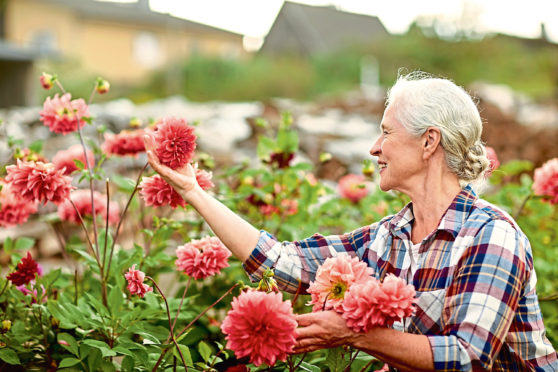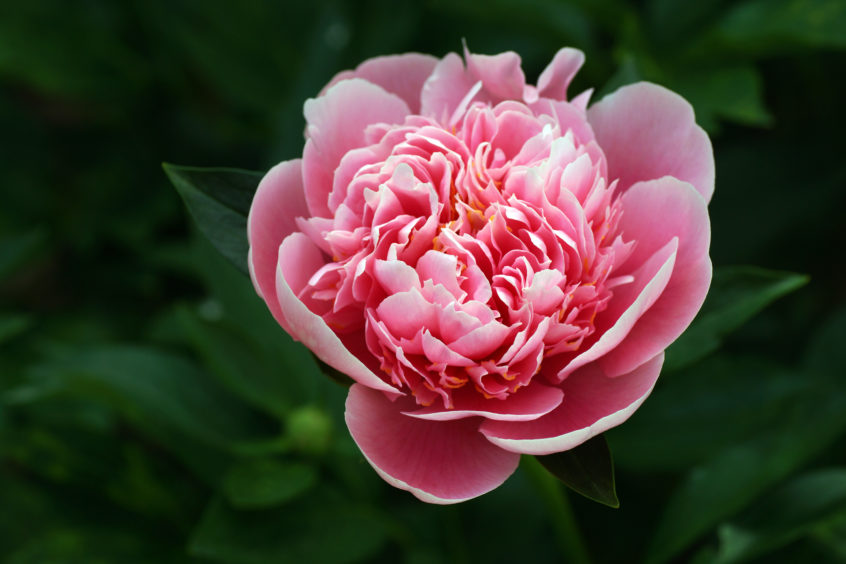
Peonies are one of the most beautiful blooms of early summer, but those I planted two years ago have yet to flower.
In order to fill the garden with their scent, I chose the economical option and bought dozens of bare roots that I then planted in the sunniest borders.
I made sure the crown of each was just below the surface of the soil and no deeper, and I’ve been mindful not to bury them under mulch. So far I’ve had lots of healthy leaves but, as yet, no flowers. And now I’ll have to wait until next year to see if anything appears.
Fortunately, the agapanthuses, bought at the same time also as bare roots, are doing better. Planted out in the border in front of the house they failed to thrive so I dug them up and left them in pots for a year before finally rehousing them next to the peonies. Now fat buds have emerged from amongst the strappy leaves that, in a few weeks from now, will open as beautiful blue flowers.
Agapanthuses love the sun and so too do dahlias, which hail from Mexico yet still manage to thrive here so long as they are dug up in the autumn and their tubers overwintered in a shed. I grow mine in pots but if you’ve got the right kind of soil, a border filled with these vibrant flowers will dazzle you for months.
Amongst the shade-lovers in my garden is Deinanthe caerula, an unusual, herbaceous hydrangea. While most hydrangeas hold on to their stems over winter, this kind completely disappears underground before emerging in spring as a mound of rough foliage bearing waxy, blue-violet flowers.
It’s an easy and undemanding plant and good for ground cover and I’m always surprised that more people don’t grow it as it’s one of those “doers” that make the garden look good with very little effort on the part of the gardener.
Another well-behaved plant is the Japanese quince. Mine started flowering in February and the last petals are just falling now to be replaced by seed heads that will swell until they look like small, golden apples. Some of these fruits have done what they were designed for and carried the seeds around the garden, where young plants have now appeared.
The quince is low-growing and spreading, which makes it perfect for my sloping garden and, because it has an open habit, I can grow flowers beneath its branches and these will weave their way up to the sunlight. The branches also support the stems, so it’s a good way to grow anything that’s a bit floppy.
There are many different kinds of quince and one I want to get my hands on next is the variety called Moerloosei, which is better known as Apple Blossom because of its pink-tinged white flowers.

Enjoy the convenience of having The Sunday Post delivered as a digital ePaper straight to your smartphone, tablet or computer.
Subscribe for only £5.49 a month and enjoy all the benefits of the printed paper as a digital replica.
Subscribe © Shutterstock
© Shutterstock